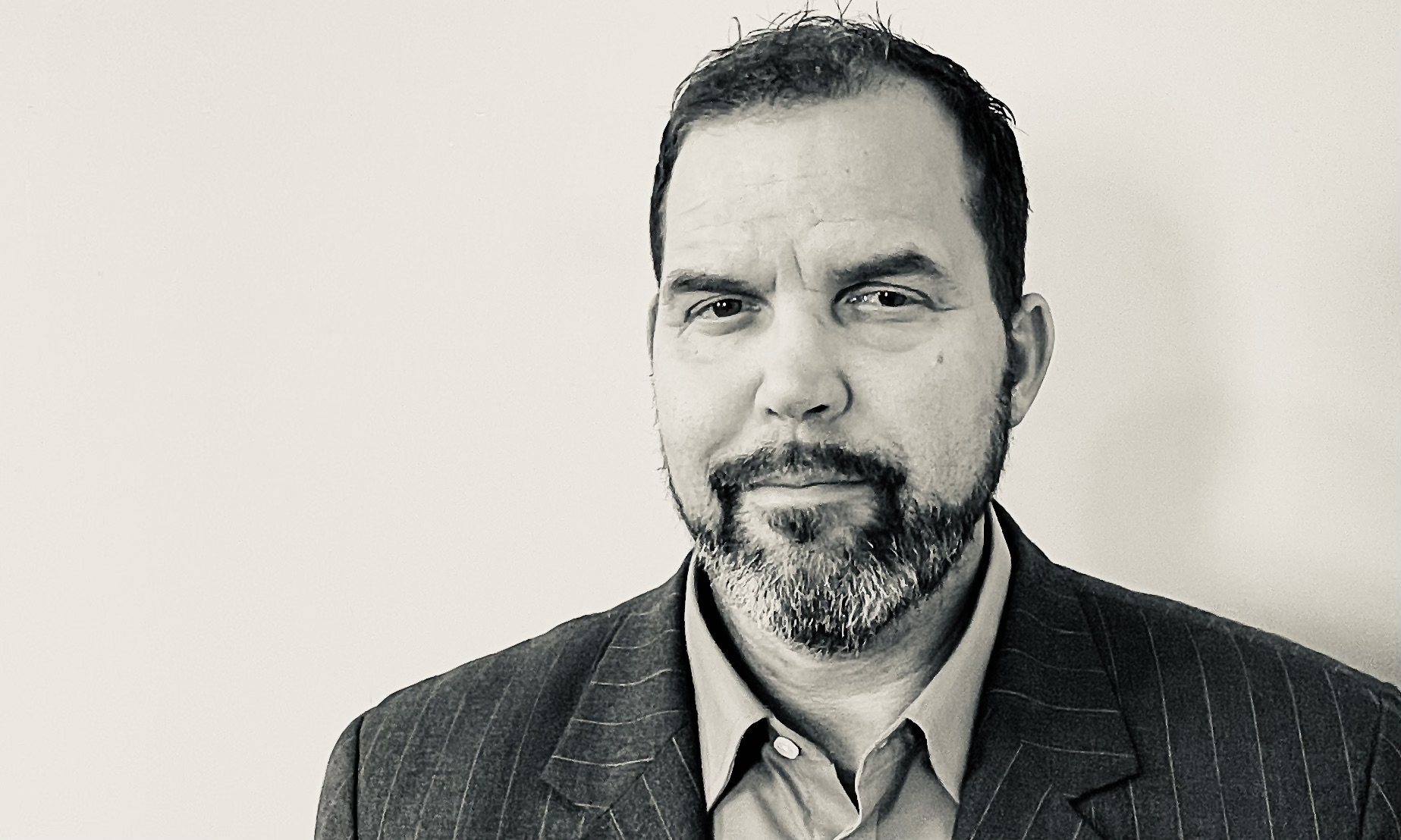(Originally Published at Georgetown Journal of International Affairs on July 26, 2012)
Afghan President Hamid Karzai made a little-noticed but remarkable statement a few days ago. He admitted his administration was largely unable to operate an effective system of courts throughout the country.
“The reason that the people of Afghanistan in the villages and across the countryside, (even) in the cities, still seek justice through the traditional method is because the government neither has the ability to provide that justice nor can it be addressed on time.
He went on to add, candidly:
“And sometimes — I hope it’s only sometimes, not most of the times [sic] — instead of getting justice, they are getting injustice.”
This is remarkable for two reasons. First, the fact that Karzai would speak this candidly about the corruption in what court system does exist is quite positive. Recognizing the extent of the outright injustice in the system signals that he is potentially quite serious about reform. Another indicator of this seriousness is his recent dissolution of the Special Election Tribunal he set up last year to investigate claims of widespread fraud in the 2010 elections. By returning authority to the Independent Election Commission (IEC) he seems to be rebutting charges of intransparency and corruption in the Tribunal’s work. Of course only time will tell how independent the IEC remains.
The second reason Karzai’s admission is worth taking note of is that at face-value it indicates the very serious challenge the government continues to face. A colleague working on Rule of Law initiatives there recently emailed to describe some of the issues the country faces. Here’s some of what he told me:
- Only 10% of districts have functioning courts. The need for trained judges and lawyers is acute. In addition, simply finding space to hold trials is hard. There are few ‘courthouses’.
- Where trials do happen, the judges and lawyers are in fact well-trained. They know the Afghan legal-code and conduct evidence-based trials, and he quoted one judge as saying, “Since the time of Allah, all men have been given their own fingerprints. No two sets are the same.”
- Rudimentary logistical problems remain. Getting supplies to the central crime lab in Kabul depends on DHL and FedEx deliveries going first to US bases. And the actual lab work still relies on sending samples to labs outside of Afghanistan in many cases. But there is a crime-lab academy training people.
In the end my friend expects there to be more or less a functioning Western-style justice system in the cities and a reliance on shuras or traditional tribal courts in the countryside.
This seems to be the pattern with most of Karzai’s government. The central government has effective jurisdiction in Kabul, Khandar, Mazar-e-Sharif, etc., but far less to no control in areas away from population centers. To give a sense of what this means on the ground, you have to realize that the ten largest cities in Afghanistan combined account for only a little over 16% of the population.
What this highlights is just how hard it remains for the government in Kabul to assert both its writ and its legitimacy over the population. NATO has committed to staying in the country in one form or another until 2024. The mission over that period will largely come down to establishing the legitimacy of the central government.
Of course, as Gen. John Allen acknowledged around the time of the big NATO conference in Chicago this spring, “All insurgencies are ended by police.” Not soldiers. “If there isn’t a rule of law then you can never re-establish order.” Order. Which is it what societies actually experience when there is legitimacy in government – a legitimacy that depends in large part on there being courts and lawyers and judges and cops and labs to adjudicate disputes.
The Western model of a high-tech adversarial courtroom is just one way of setting up a system of justice that is actually just. Shuras can be just, too. The question is whose sense of justice do they operate by? Ultimately any government’s sense of justice has to come from the people and be reflected back to them through its system of justice. That’s how legitimacy – of elections and courts both – is achieved.
It’s worth remembering that defeating the Taliban isn’t the same as establishing the legitimacy of the government in Kabul. To the extent that NATO and the US see establishing the central government’s legitimacy as a key strategic goal, the hard work is quickly shifting from battlefields to courts and crime-labs and Shura’s and election commissions and (maybe most crucially) to the classrooms that will produce the post-war generation of leaders that will really determine the legitimacy of the government.
But the words are important. They are a necessary start to the long process of healing that has, hopefully, finally begun.
